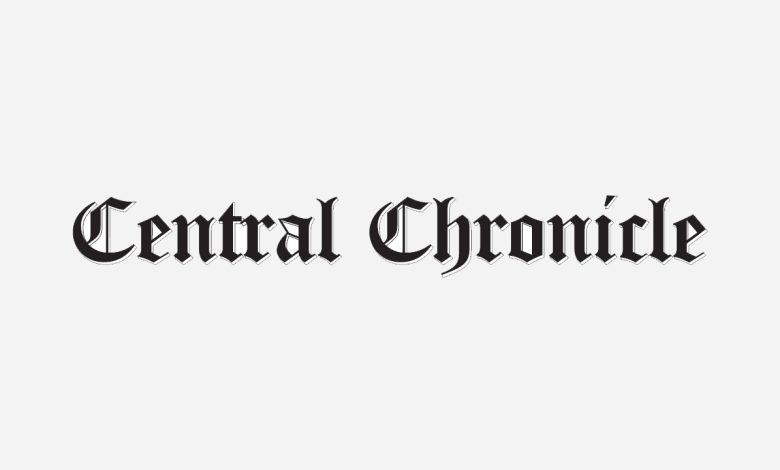Intellectual Property Accounts for more thant 27% jobs and 38% GDP in U.S.

Prof. Sunil Goyal
World Intellectual Property Day is celebrated annually on 26 April. Events organized to mark the Day seek to inform about the role of intellectual property rights in encouraging innovation and creativity.World Intellectual Property Day 2023 will focus on the theme, ‘Women and IP: Accelerating Innovation and Creativity,’ celebrating the “can do” attitude of women inventors, creators, and entrepreneurs around the world and their ground-breaking work.
Intellectual property is defined as the creation of the mind that includes inventions, patents, designs, any type of art, etc. The primary purpose of establishing intellectual property rights is to foster an environment that allows both corporations and individuals to have the freedom to create and innovate.
Intellectual property is classified into four types: copyright, trademarks, patents, and trade secrets.Copyright is having legal rights to literary and artistic works. These are usually, but not limited to, books, music, films, drawings, and paintings.Trademark is the sole right granted to a company to use a name and a logo that distinguishes that business’s goods and services.A patent is one of the most challenging types of intellectual property to draft. It involves creativity and invention.A trade secret is confidential information that usually involves a company’s flagship. It ensures a business’s advantage over its competition.
According to a report of LegalJobs (2023), 22% of tech innovations come from the US, 27.7% of jobs in the US come from intellectual property intensive industries, 38.2% of the US GDP comes from intellectual property intensive industries, Intellectual property theft costs the US $225 billion to $600 billion annually, the average cost of a data breach in the US is $8.64 million, the average cost to defend a patent lawsuit exceeds $3 million, and around 12,000 intellectual property cases are filed each year.
The US Department of Commerce states that over 40 million jobs come from intellectual property intensive industries. For this reason, the US Intellectual Property Enforcement believes that intellectual property infringement can hurt not just the economy but the US labor force as well.There’s a strong connection between intellectual property, business development, and economic growth, and numbers prove it. Intellectual property intensive industries account for 38.2% of the country’s GDP, amounting to over $6 trillion.US pointed out that US industries that rely heavily on intellectual property are most likely to prosper. He used the copyright-based industry as an example. According to intellectual property data, IPR-intensive industries generate many jobs and contribute to the US’s economic growth. These industries generated 5.6 million jobs, where the average income of these workers was 38% higher than the US workforce’s average income.Intellectual property theft is taking a financial toll on the US economy. The Intellectual Property Commission estimates that intellectual property theft in the form of counterfeit goods, trade secret theft, and pirated software costs the US economy $225 billion to $600 billion. According to intellectual property crimes statistics, that’s about 1% to 3% of the US’s GDP.
Many people think that intellectual property theft doesn’t do any harm, aside from hurting the economy. However, NCPC maintains that counterfeit drugs have caused a lot of harm amounted to more than $75 billionto Americans due to substandard quality or mislabelling.According to intellectual property litigation statistics, 76% of cases end up in a voluntary settlement.This is because trials could drag on for years; the longer the trial goes on, the more costly it becomes. At some point, both the plaintiff and the defendant come to the realization that going to trial isn’t worth the cost and effort. And that’s why a lot of companies seek to settle as soon as possible.According to statistics, patent assertion entities, also known as patent trolls, make up 84% of all patent lawsuits every year. This figure isn’t surprising since patent lawsuits by patent trolls have increased activity by 500% in the past decade. Their lawsuits have affected over 10,000 companies and cost companies around $80 billion per year.
A lot of companies choose to settle immediately when they are sued for patent infringement. This is because the cost to defend against the lawsuit usually exceeds $3 million. For companies that make less than $10 million, this cost could be detrimental to the business.There are approximately 18,400 cases filed in federal court every year. Of that figure, 12,000 are intellectual property cases.The cost of intellectual property litigation skyrockets the moment it is filed. This is why some legal advisers urge clients to go through mediation with the plaintiff due to cost. The cost of a patent infringement case with $10 million to $25 million at risk could range from $2 million to $9 million. In contrast, mediation for the same risk could go as low as $100,000.
According to intellectual property cases statistics within US states, it takes roughly about 2.4 years for an intellectual property infringement case to go to trial. Of those that go to trial, only 13.4% are awarded compensation for damages and losses. One controversial intellectual property infringement lawsuit was the case of technology giant Apple against conglomerate Samsung on the basis of design and utility patents. The lawsuit dragged on for seven years, with the court finally awarding Apple $539 million.
Even with companies obtaining legal rights to ideas, creativity, and invention, it doesn’t guarantee a steady growth in the economy. One factor that threatens intellectual property and the economy is intellectual property theft.The intellectual property statistics listed above illustrate the effects of intellectual property theft on the economy. In-depth intellectual property analysis isn’t necessary to deduce that infringements have already cost the country billions of dollars and millions of jobs.The advancement of technology and the ease of obtaining information through digital means double the predicament. That’s why all sectors must participate in strategies to keep intellectual property crime statistics under control.
( Author is an Eminent Social Scientist, Columnist, and presently posted as Dean and Chairman – Board of Studies at Dr. B. R. Ambedkar University of Social Sciences, Dr. Ambedkar Nagar (MHOW), Madhya Pradesh
Email [email protected]. Views are personal)






